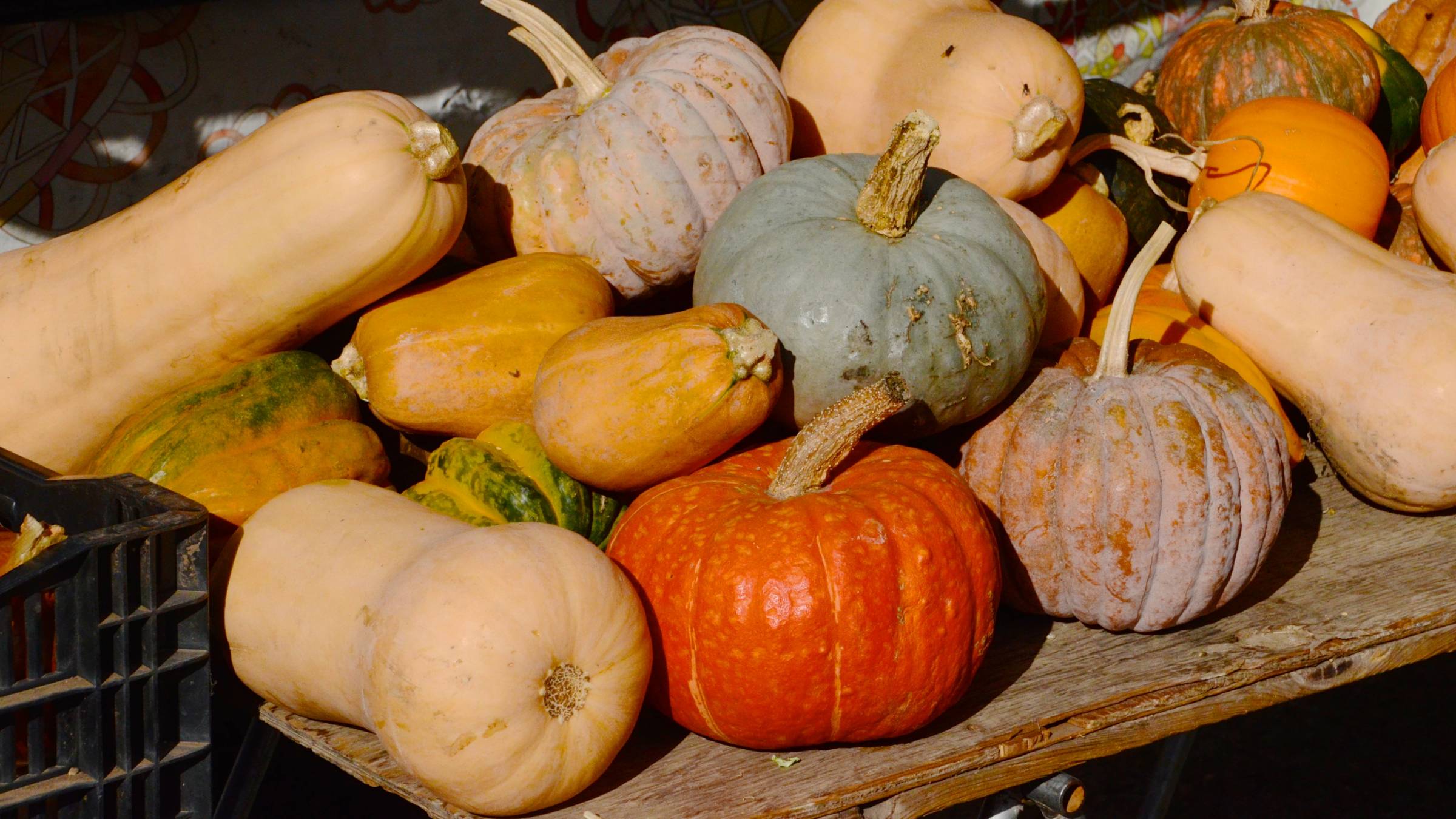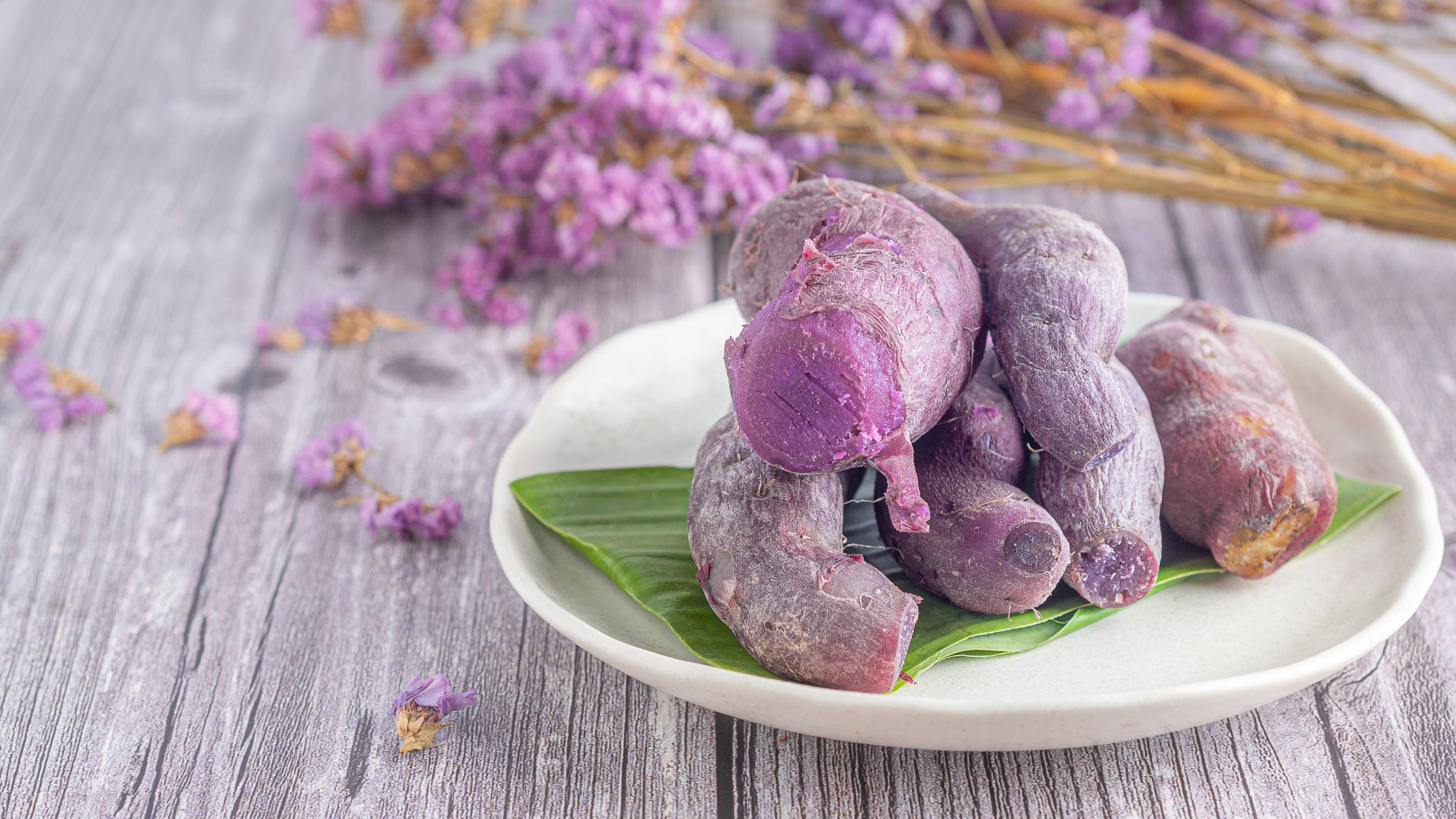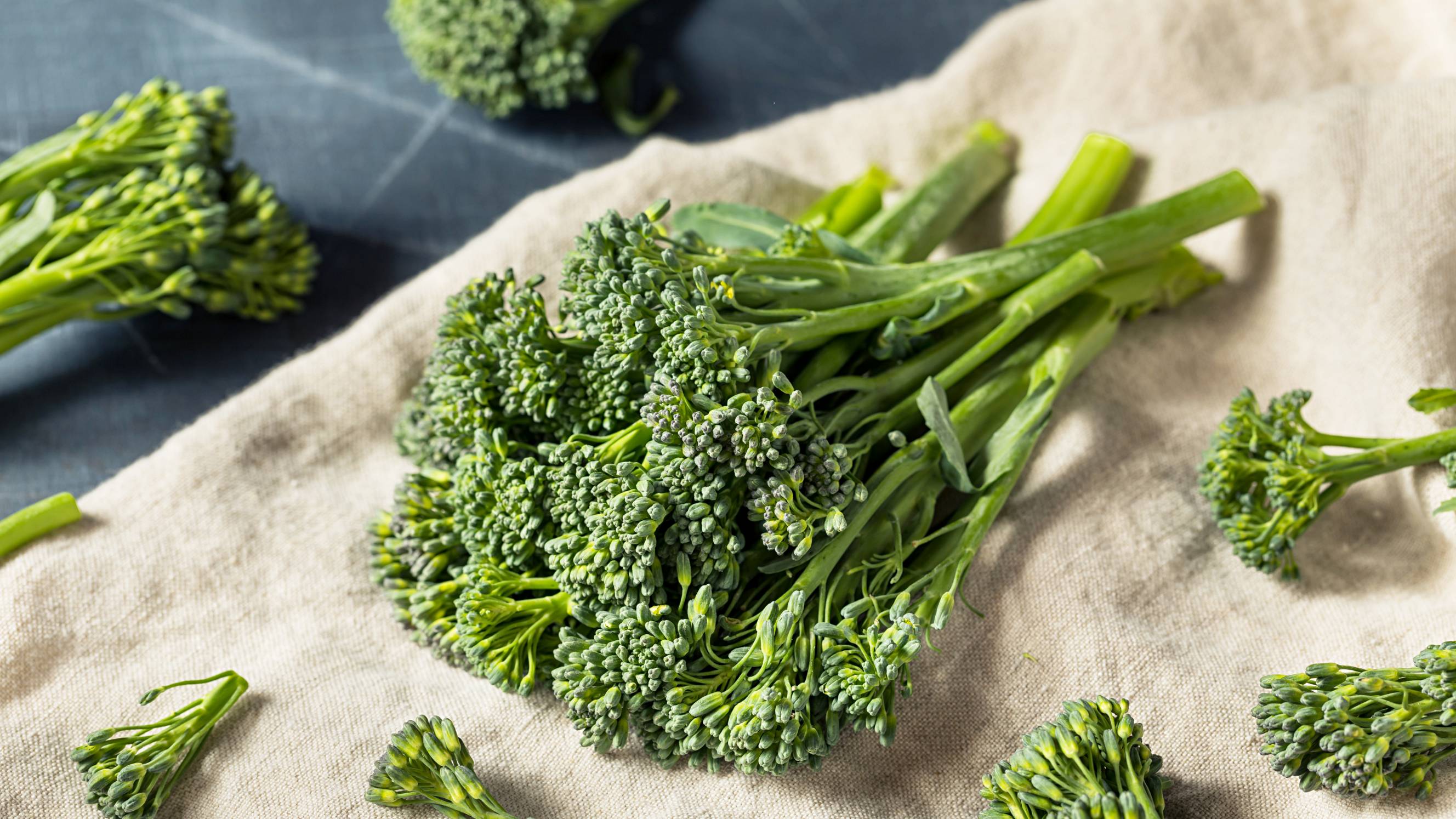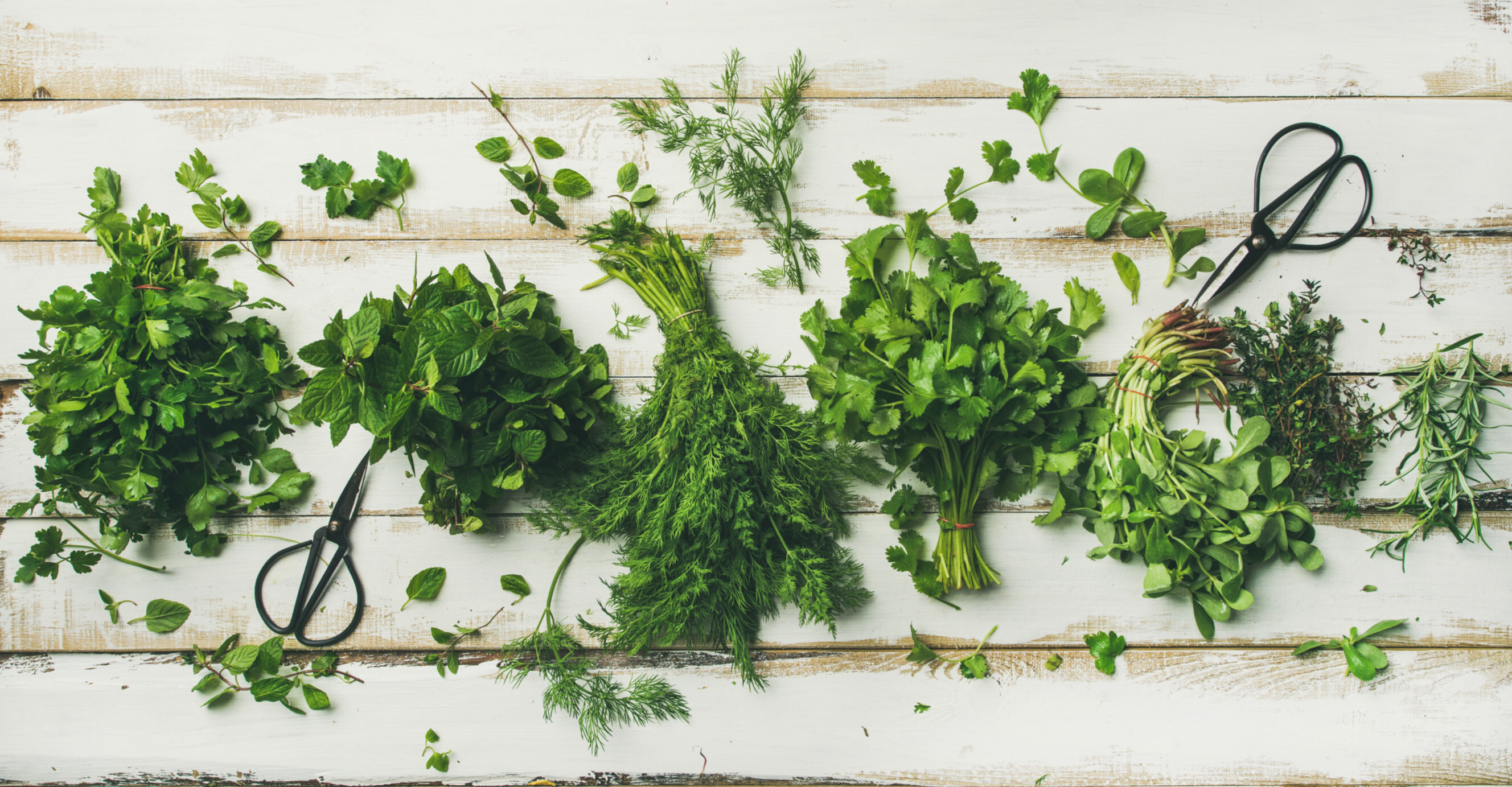- Home/
- Comparisons/
- Vegetable Delivery/
- Iceberg Lettuce vs. Romaine

Iceberg lettuce vs. romaine: How to differentiate them?
Comparing iceberg lettuce and romaine in terms of texture, flavour profile, and more.
Hire a vegetable delivery servicePublished on
Key Facts
- Iceberg lettuce is a cultivar known for its longer shelf life and higher water content.
- Romaine lettuce is another lettuce cultivar famous for its crunchy texture and higher vitamin content.
Staying healthy and fit can be a challenge, especially when it comes to choosing what to eat every day. But what if there was a trick to make every meal nutritious and delicious without adding any guilt?
Enter lettuce and its various types—a crunchy, nutrient-packed addition to your meals. Loaded with vitamins, fibre, iron, and folate, lettuce is a scientifically proven way to boost your nutrition.
So, among these lettuce varieties, a question comes to mind: iceberg lettuce vs. romaine—which one is the better choice for you? Let’s dive deeper below.
What is iceberg lettuce?
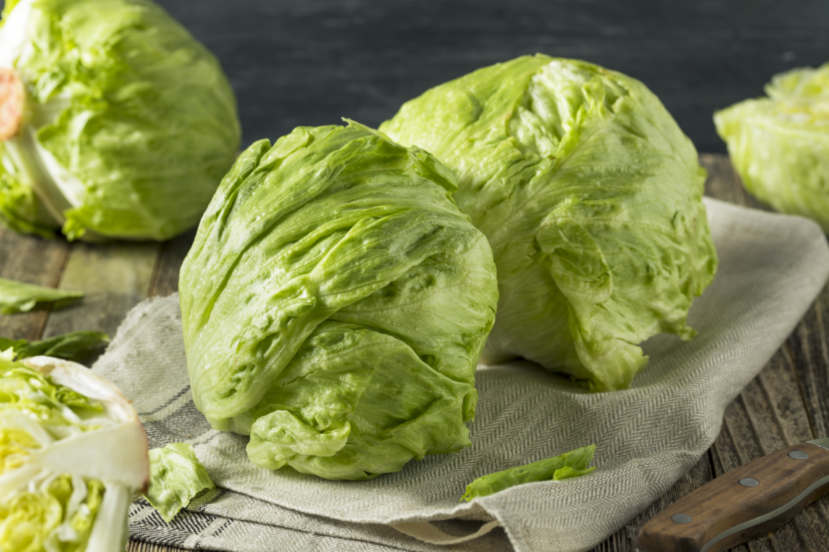 Crisp and fresh iceberg lettuce ready to serve. (Source: iStock)
Crisp and fresh iceberg lettuce ready to serve. (Source: iStock)
Lettuce has many different varieties or "cultivars" that are grown for specific traits. In this case, iceberg lettuce is known as the type of lettuce that can resist elements, which gives it a longer shelf life than other lettuce varieties. This lettuce is commonly shipped in crates filled with crushed ice, with the vegetable resembling "icebergs", thus the name.
Iceberg lettuce is also known as crisphead lettuce owing to its round appearance and crunchy texture. Unlike other lettuces, it has a higher water content and a mild to neutral flavour.
What is romaine lettuce?
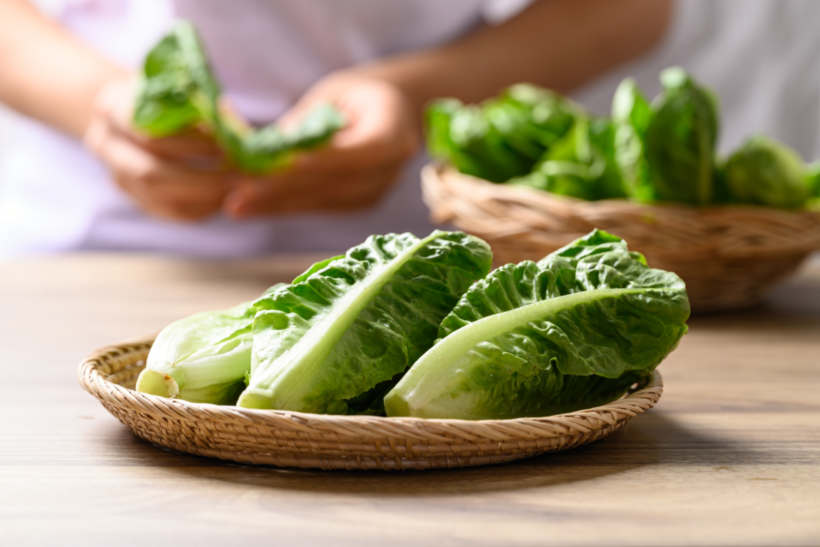 Romaine lettuce, crisp and ready to enjoy. (Source: iStock)
Romaine lettuce, crisp and ready to enjoy. (Source: iStock)
Romaine lettuce is another cultivar that is a popular choice from simple meal preppers to high-end restaurants. Romaine lettuce primarily grows upward with its leaves broadening at the end resulting in an elongated, flower-like shape.
Another name for romaine lettuce is cos lettuce which got its name from the island of Kos, an island in Greece which was a major producer of lettuce during the Byzantine period.
Romaine lettuce vs. iceberg: Which lettuce type do you need?
Now, you may be wondering which among the different types of lettuces is better for nutritious meals or even growing in your backyard. Is one more nutritious? Is the other one cheaper? Those answers, and more, are revealed below.
In terms of texture and crunchiness
Both iceberg and romaine lettuce have a crunchy texture, but they slightly differ in terms of the consistency of their crunchiness. Iceberg lettuce tends to be more crunchy throughout as its leaves are thicker. In contrast, romaine lettuce has a softer, leafier texture after the initial crunch due to its broader and thinner leaves.
Though texture gradation is a preference, iceberg lettuce is an all-around crunch winner. Whereas romaine wins in texture experience.
In terms of flavor profile
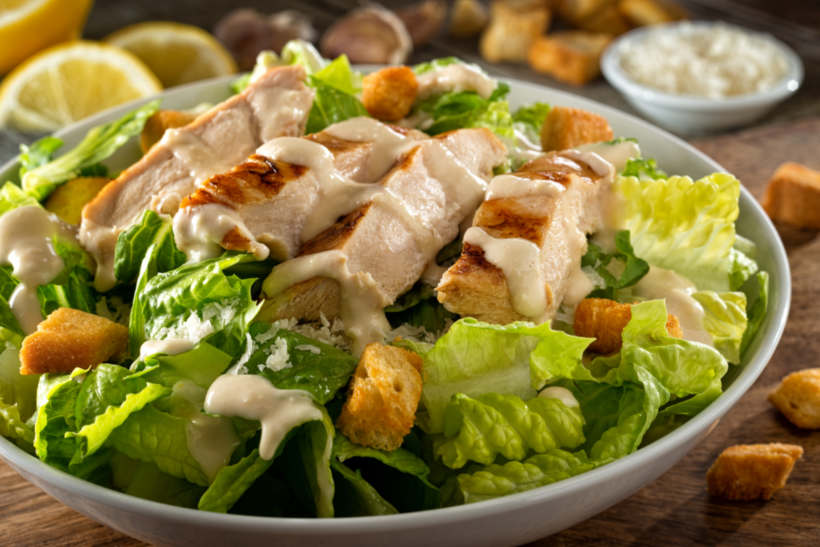 A flavorful Caesar salad with crisp romaine lettuce. (Source: iStock)
A flavorful Caesar salad with crisp romaine lettuce. (Source: iStock)
Right out the gate, iceberg lettuce has a neutral flavor profile between the two. Its higher water content tends to drown out the earthy flavor and green tones typical of vegetables. Basically, iceberg lettuce is bland and will require a large amount of help to get any flavor.
In comparison, romaine lettuce is known for its subtle sweetness and rich, earthy flavor profile. While it’ll be a great primary ingredient for salads, it only needs a small complement to enhance its overall taste.
In terms of nutritional content
Various teams have delved deeply into the science behind lettuce’s nutritional value. According to one study, lettuce, regardless of its type, is a low-calorie, low-fat, low-sodium vegetable that’s high in vitamin C, folate, and fibre. Another study details that lettuce varieties are high in nutritional value and contribute different dietary minerals, various vitamins, and bioactive compounds.
However, there are some slight differences in overall nutritional content between the two. Due to the circumstances of growing iceberg lettuce, one study highlighted that it has a lower nutritional value. On the other hand, romaine lettuce has great overall nutritional value and impressive folate content, even those bought from your trusty local grocer.
In terms of versatility in recipes
 A woman smiling as she enjoys a salad with fresh greens. (Source: iStock)
A woman smiling as she enjoys a salad with fresh greens. (Source: iStock)
While both types of lettuce are great for salads, there are some differences that make one better than the other in some uses in the kitchen. Just think of the butternut squash and kent pumpkin, for example, and how each can vary greatly in many recipes.
As iceberg lettuce has a higher water content, it has a mild flavor profile and requires some help in ingredients to be flavorful. With that in mind, it would be perfect for salads or dishes that favour higher amounts of dressing or flavorful ingredients.
One key detail about iceberg lettuce is its robust and rigid leaves which help keep its shape for recipes such as lettuce cups or lettuce wraps.
On the other side, romaine lettuce has the ability for heat tolerance, which allows it to partner well with grilled recipes. Another important detail of romaine lettuce is its texture and flavour profile, making it a great primary ingredient for salads that use little to no dressing but rely on complementary ingredients such as grapes, olives, and croutons.
In terms of shelf life and storage
As mentioned earlier, iceberg lettuce was grown to be more shelf stable to withstand being shipped from both ends of the United States where it was first introduced. When frozen, the iceberg lettuce can stand to last upwards of two weeks. Using standard refrigeration, iceberg lettuce can last up to nine days before wilting and losing its freshness.
On the other hand, Romaine lettuce is not as hardy as iceberg lettuce. Freshly chopped romaine lettuce can last up to three days. When refrigerated, this vegetable can last up to five days before wilting and losing freshness.
In terms of cost
 A man carefully reviews a receipt while holding a paper bag full of fresh groceries. (Source: iStock)
A man carefully reviews a receipt while holding a paper bag full of fresh groceries. (Source: iStock)
Both types of lettuce are quite affordable with many supermarkets and fresh food delivery services listing both around $2 to $5. The variance lies on the quality of the vegetable or the growing method used by the supplier.
Take note that these prices are only ballpark ranges and may be affected by seasons, weather, and other market factors.
Enjoy fresh lettuce delivered straight to your door with Airtasker
Got inspired to make a salad recipe thanks to your newfound knowledge of lettuce but don’t know where to get the freshest produce to make it?
Experience the convenience of fresh produce delivered right at your doorstep with Airtasker. Enjoying fresh veggies and fruits is just a post away!
And even if veggies isn’t on the menu today, you can also opt for a variety of organic and fresh food delivery selections ready to suit your culinary needs.
Iceberg lettuce vs. romaine
|
Iceberg Lettuce |
Romaine Lettuce |
|
|---|---|---|
| Texture and Crunchiness | Crisp and crunchy |
Crisp with softer texture at the leaves |
|
Flavour Profile |
Neutral and bland |
Subtly sweet and earthy |
| Nutritional Content | High water content with the presence of vitamins and minerals | High folate, vitamins, minerals, and bioactive compounds |
|
Versatility in Recipes |
Salads and non-cook or cold recipes | Salads, grilled cooking, and heat-based cooking |
|
Shelf Life and Storage |
Last longest with refrigeration |
Short shelf life |
| Cost | Cheap and affordable | Cheap and affordable |
FAQs on iceberg and romaine lettuce
At the moment, there are eight recognized cultivars or varieties of lettuce in the US. These may change over time as different farming techniques advance. However, different countries and different organizations differ in official counts – with some going as far as over 20 recognized varieties.
Some of these lettuce varieties are romaine, iceberg, butterhead, and red leaf lettuce.
Though preference is the true answer for which lettuce is the best salad, romaine lettuce is quite versatile when paired with fresh ingredients such as fruits and other vegetables.
While everything should be eaten in moderation, it is technically possible to eat lettuce every day. What matters most is the adherence to proper cleaning techniques to keep the lettuce as clean and nutritious as possible for daily consumption.
Find vegetable deliveries, fast
Post a task
Related articles
